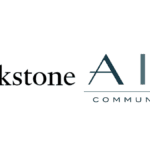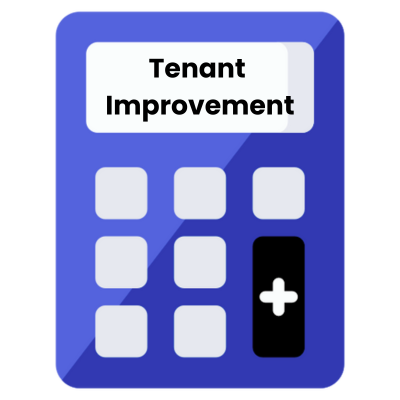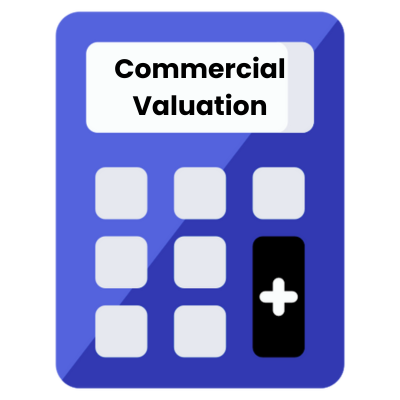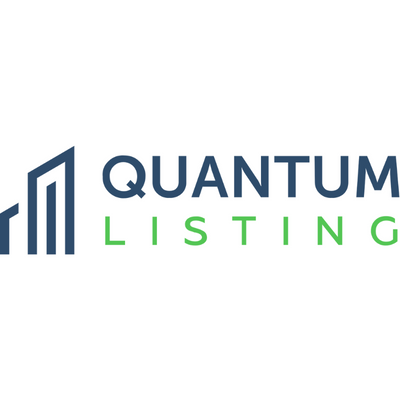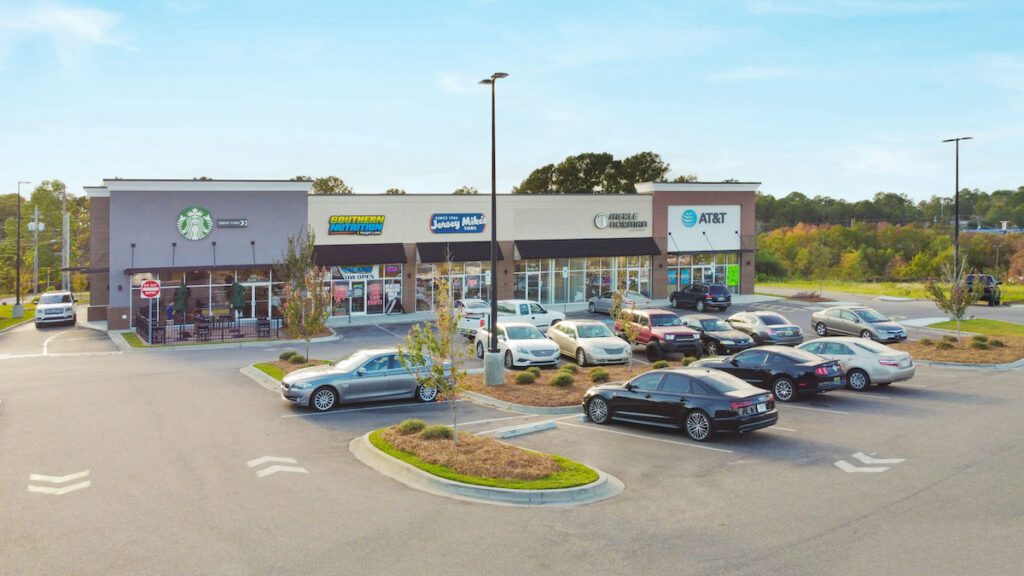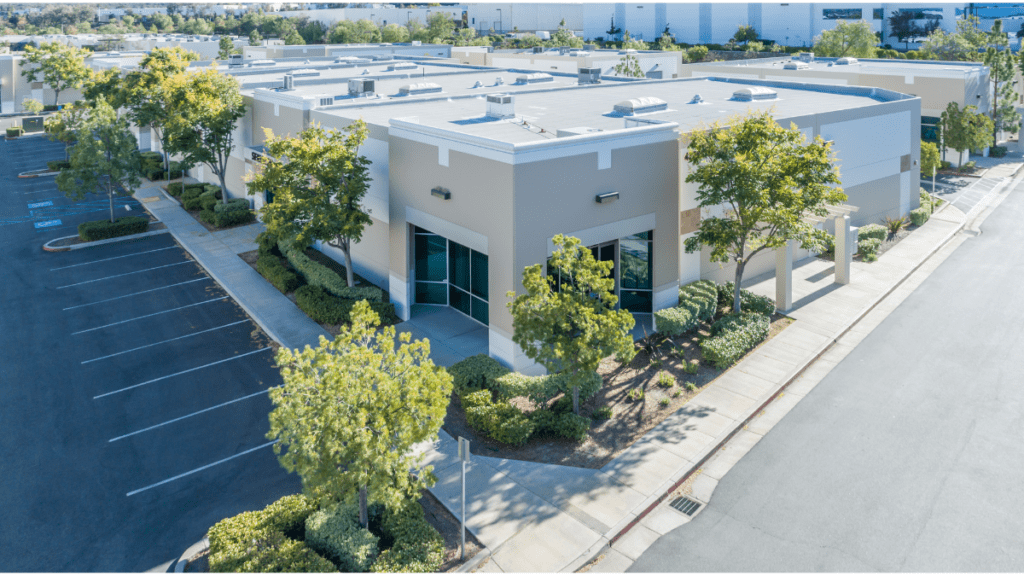Last Updated: March 2024

While the work from home movement has gained much traction, there is still strong demand for office space in both societal functions and as a profitable type of investment property. Historically office real estate was generally just finished shell space allowing for the tenant to fill with desks and furniture. However, recent changes in work culture has forced office property operators to focus on providing more tenant-retention amenities and even new subclasses such as “Coworking”.
On This Page
- What is Office Real Estate?
- 8 Different Types of Office Buildings
- Office Building Amenities
- Typical Office Building Locations
- Office Building Height Classes
- Office Real Estate Companies
- Office Real Estate Calculators
- Buy, Sell, and Lease Office Space Online
- Common Types of Office Tenants
- Office Real Estate FAQ
What is Office Real Estate?
Office Real Estate Definition
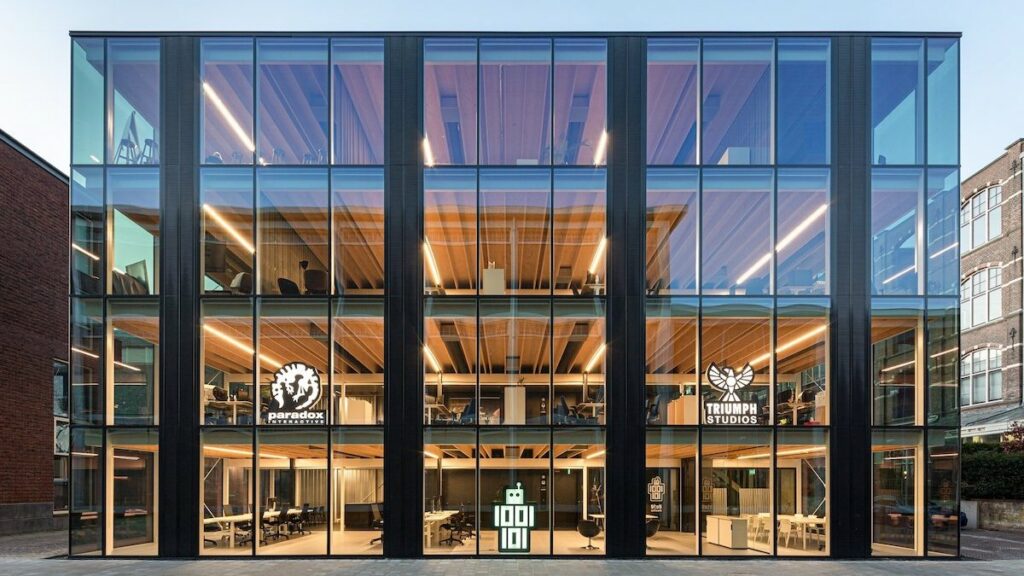
Commercial buildings that provide a working environment for primarily administrative, technical, and professional services.
Office Space Explained
When most people think of office real estate (also called office space), they naturally envision tall square buildings that contain countless floors with people packed inside typing away on computers. While this may partially be true in some cases, many office properties nowadays have evolved into much more creative spaces that often have favorable amenities such as outdoor spaces and mixed-use retail businesses and restaurants. Office buildings nowadays are made with the end-user in mind and aim to create welcoming and productive spaces that are accommodating to modern lifestyles.
8 Different Types of Office Buildings
Office buildings come in various shapes, sizes and uses. Shapes can range from square boxes, to futuristic spheres. Sizes can range from one-story, to hundreds of floors. Below we take a look at the most common types of office buildings and their unique characteristics:
Office Building Classes
Class A
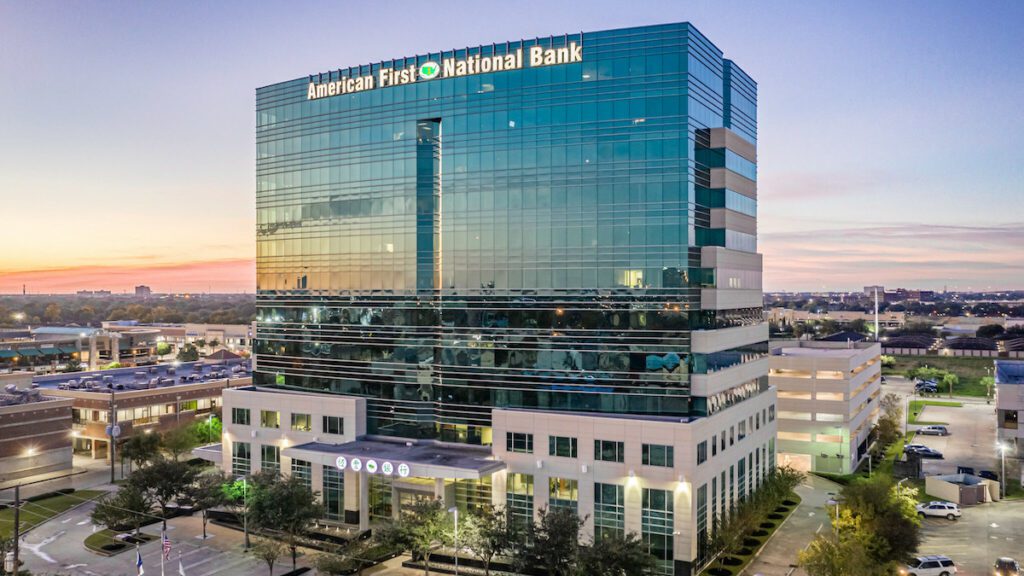
At the top of the list for office buildings, Class A office buildings are considered to be the best in class for factors such as location, construction, and tenants. As the most prestigious building in its area, Class A offices seek premier tenants and command above average rental rates. Overall building upkeep and management is characterized as above-average.
Class B
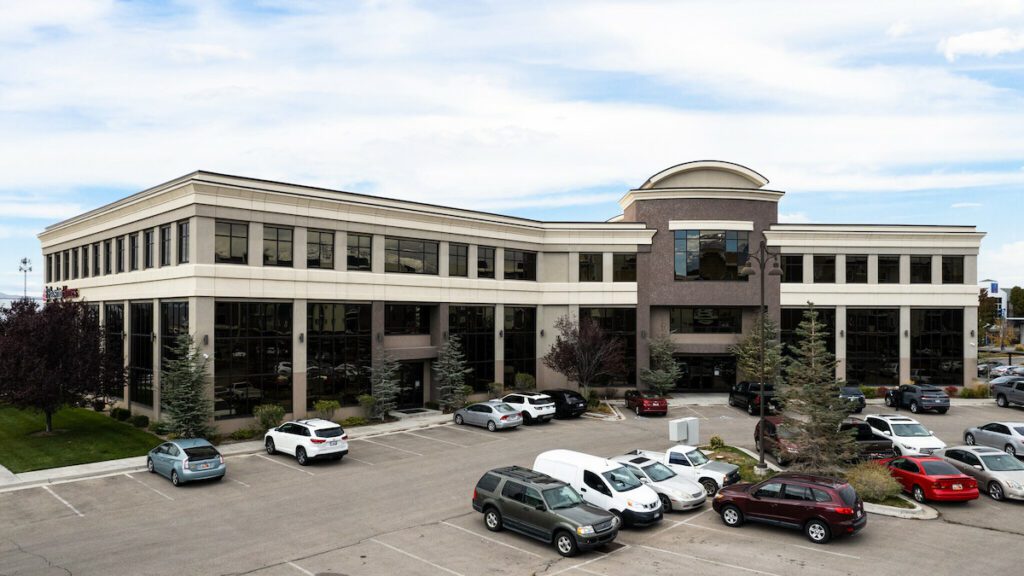
The runner up for office space is Class B. These office buildings possess well-kept quality construction with limited amenities, but in a solid market location located just outside of central business districts. Although not as nice as Class A buildings, average rents for Class B are lower, but still above Class C. Overall building upkeep and management is characterized as average
Class C
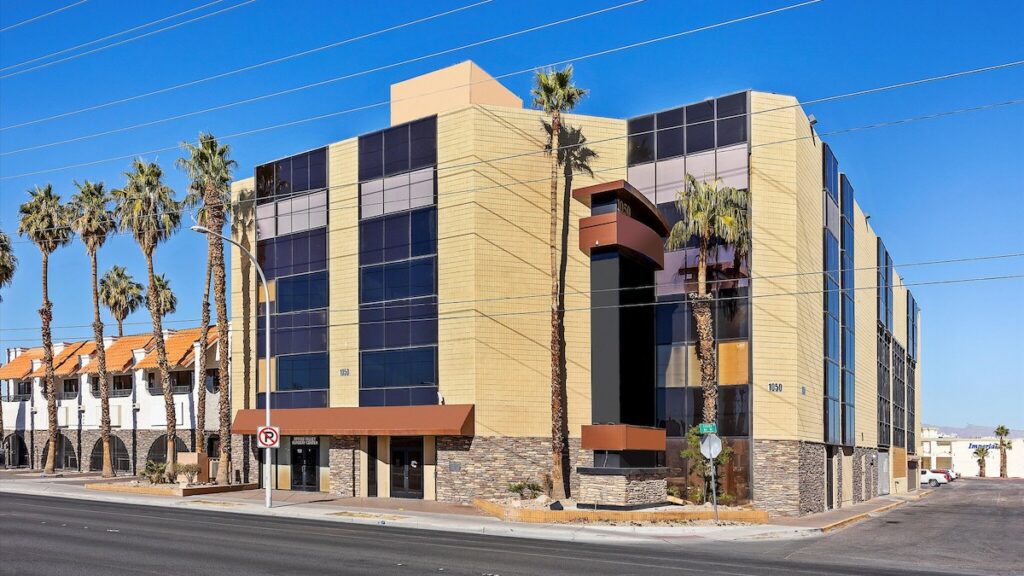
Although last on the list, Class C office space holds a relevant position in the market. Conditions for these buildings generally are functional, but subtly dated in quality and located in secondary areas. Class C office space delivers functional space at below average rental rates. Overall building upkeep and management is characterized as below-average.
Other Types of Offices
Mezzanine Offices
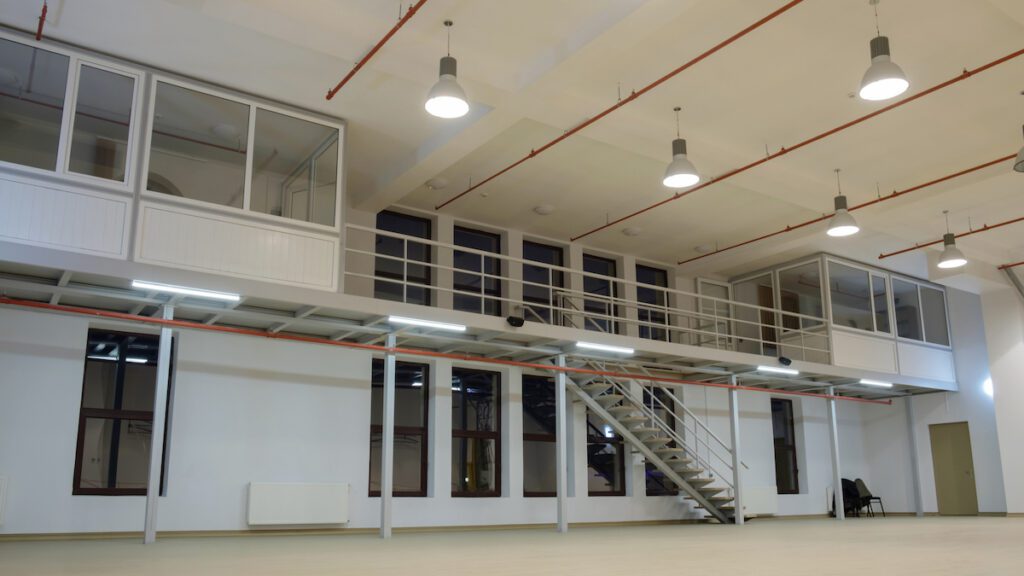
Mezzanine refers to office space typically built within an industrial facility that is usually located along the perimeter of the building and creates an intermediate floor inside the existing building structure. Mezzanine offices are great for industrial property tenants that have a need for onsite office space. They are usually raised off of the ground floor on a second level to maximize valuable floor space, and can even double as a break room or conference room.
Medical Offices
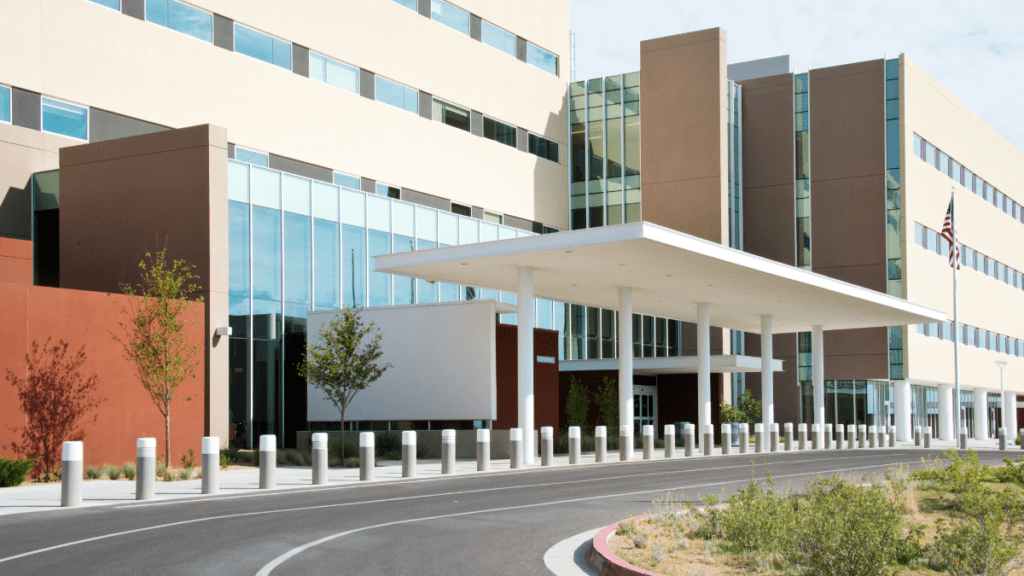
Medical office buildings are designed to accommodate the specific needs of healthcare practitioners and patients. These facilities often include features like patient waiting areas, examination and treatment rooms, and specialized infrastructure for medical equipment. Additionally, they must comply with various health and safety regulations, and are typically located in areas with easy access for patients and often near hospitals or residential communities.
Coworking

Coworking office space refers to workspace that is offered for lease for short-term to long-term periods in a shared setting. These spaces range from traditional private offices, to shared ad-hoc access to a lounge-type workspace full of amenities. Coworking spaces go far beyond just providing physical work spaces by also offering social events, lectures, access to business resources, and providing community for their entrepreneurial tenants. Some of the largest coworking brands include WeWork, Spaces, and Industrious.
Industrial Office
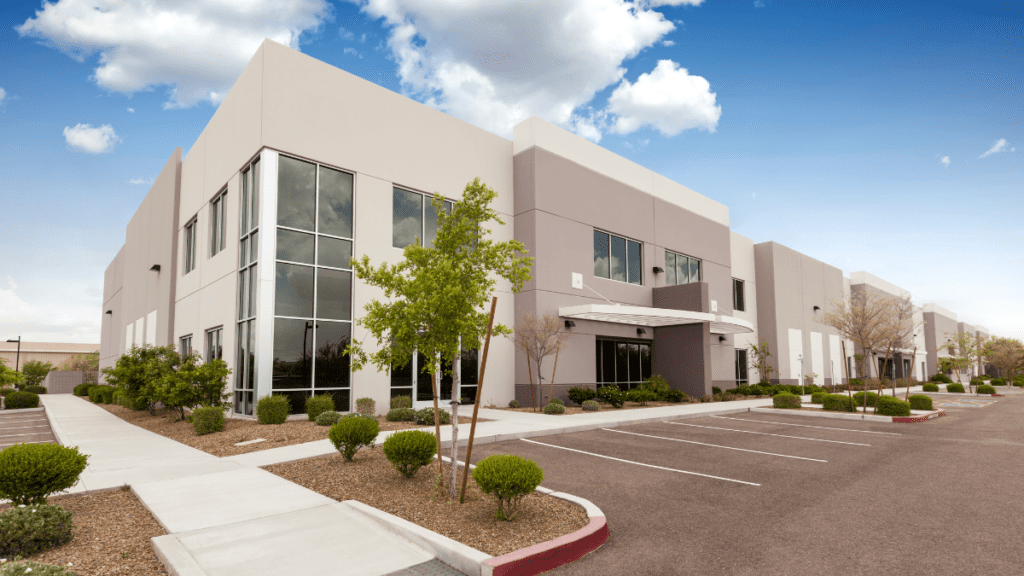
Industrial office buildings blend office space with industrial facilities, catering to businesses that require both administrative and production or warehousing capabilities. These structures are typically characterized by larger floor plans, higher ceilings, and robust infrastructure to support industrial activities, such as manufacturing, assembly, or distribution. They are often located in industrial parks or areas with good transportation access and are designed to accommodate heavy machinery, storage needs, and larger workforce requirements, while also providing dedicated office areas for management and administrative staff.
Office Parks
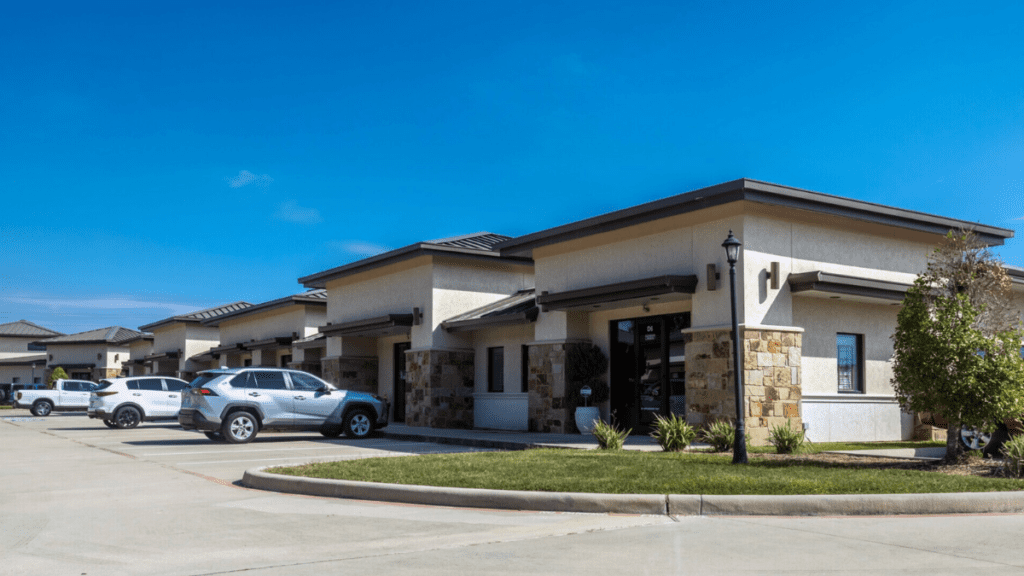
Office parks are planned developments that cluster multiple office buildings in a suburban or semi-urban area, offering a cohesive work environment outside of traditional city centers. These parks often feature a mix of low to mid-rise buildings set in a landscaped setting, providing a campus-like atmosphere with shared amenities like parking, cafes, and sometimes recreational facilities. Designed for convenience and efficiency, office parks cater to a variety of businesses, promoting a community of professionals while often providing easier access and more relaxed settings compared to urban office locations.
Office Building Amenities
Office building amenities are provided by the building’s ownership to provide workplace balance for tenants and their employees. The degree of amenities at a particular building is usually dependent on the building’s class and location, among other factors. Below we take a look at some of the most common office building amenities based on building class:
Class A
- Lobby Concierge
- 24/7 Security
- Night and Day Janitorial
- Restaurant Dining Options
- Executive Suites
- Gyms and Fitness Centers
- Daycare Centers
- Lounges and Creative Spaces
- Valet Parking Services
- On Site Car Wash
- Electric Vehicle Charging
- Private Outdoor Space
Class B
- On-Site parking
- Exterior Security Patrol
- Nightly Janitorial
- Shared Conference Room
- Cafeteria and/or Vending Machines
- Common Outdoor Space
Class C
- On-site Parking Lot
- Shared Conference Room
- Shared Break Room and/or Kitchenette
The #1 Rental Property Newsletter
Once a month, we send out an exclusive Rental Property Market Update with top stories, current mortgage rates, building products, and more. No spam and unsubscribe anytime.

Office Real Estate News
- CoStar Group Acquiring Matterport Spatial Property Data Company in $1.6 Billion Deal

- Blackstone Acquiring Multifamily Owner AIR Communities for $10 Billion

- Property Meld and Lula Launch ‘Vendor Nexus’ Program

Typical Office Building Locations
Central Business District
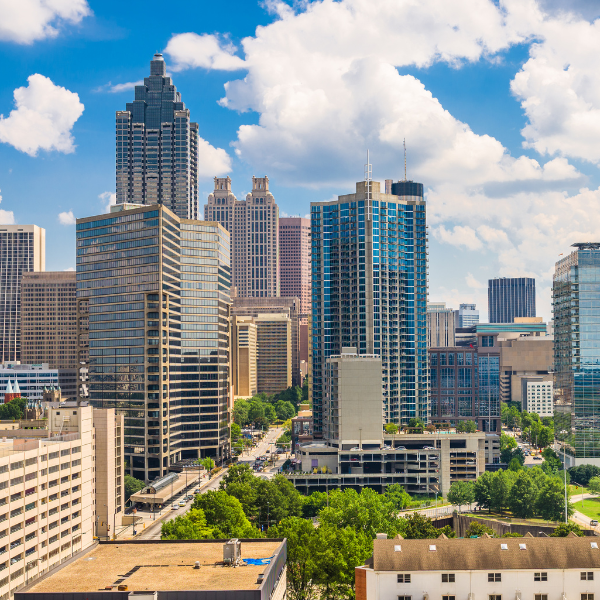
Central Business District (Commonly called CBD) refers to the commercial and business center of a city. In larger cities, it is often synonymous with the city’s financial district and geographically coincides with the “city center” or “downtown”. Office real estate located in a central business district are usually characterized by high-density development, being high-rise with 25+ floors with structured parking and multiple elevators. Tenants are usually large and national household names such as banks, law firms, and other types of professional service companies. Office buildings located in Central Business Districts often sell naming rights on the top of buildings (i.e. signage located on top of the building facade) for both branding and leasability purposes. Below is a list of pros and cons:
Central Business District Pros
- Centrally located with high walkability among highly desirable amenities such as performance venues, popular restaurants, and public transportation.
- Prestige and a strong professional presence demonstrates a respectable image to both clients and employees.
Central Business District Cons
- Congested traffic conditions and unfavorable commuting requirements for daily employees.
- Rental rates and other associated costs are at a premium when compared to alternatives located outside of the CBD.
Suburban Office

Suburban office space refers to mid-rise office buildings that are located outside of the core of a city’s center. You can think of these buildings as the medium-sized building you often see sprinkled throughout commercial corridors that run through suburban neighborhoods. Their sizes range from 80,000-400,000 square feet and may not have an elevator depending on the height. Suburban office parks are a subtype of this type of office class, in which several of these low to mid rise buildings are assembled into a campus-like setting. Although amenities are usually limited, suburban offices have several favorable characteristics over central business district offices. Below is a list of pros and cons:
Suburban Pros
- Convenient location for employees and clients by not having to commute and fight downtown traffic.
- Rent pricing and other associated overhead such as parking, is more affordable than CBD office locations.
Suburban Cons
- Located away from popular major amenities commonly found in central business districts such as popular restaurants, public transportation and walkability.
- Limited number of Class A buildings in these secondary locations may present a challenge to find desirable amenities.
Office Building Height Classes
Since office buildings vary so much in size, standardized height classes have been established to categorize office buildings by their height. Below are the 3 different types of office building height classifications:
Low-Rise
Fewer than 7 stories above ground level
Mid-Rise
Between 7-25 stories above ground level
High-Rise
More than 25 stories above ground level
Office Real Estate Companies
Largest Office Real Estate Companies




The largest office real estate companies specialize in creating and maintaining office spaces that meet the evolving needs of businesses, while balancing factors like location, design, and amenities to attract and retain tenants. These companies not only contribute significantly to the urban skyline but also to the business ecosystem, adapting their strategies to stay ahead in a competitive and dynamic market.
Largest Coworking Space Companies




Coworking spaces have grown into a respectable industry as they continue to become a popular choice for freelancers, remote workers, and businesses seeking flexibility and collaboration. The largest coworking companies offer multiple locations and various membership options to cater to a wide range of member needs.
Office Real Estate Calculators
Buy, Sell, and Lease Office Space Online
Commercial real estate listing websites across the internet attract millions of visitors every year and streamline the buying, selling, and renting process. Office real estate investors and tenants use these platforms to easily find available properties in almost any market. Those looking to sell office properties or lease office space also benefit from these platforms by getting their listings in front of countless potential buyers and tenants.
Common Types of Office Tenants
Office buildings cater to a diverse range of tenants, each with specific space and facility requirements based on their industry and business operations. From technology companies to non-profit organizations, the tenant mix reflects the multifaceted nature of the modern business environment. Below we take a look at some of the most common types of commercial real estate tenants for office properties:

- Law Firms
- Financial Services
- Government Agencies
- Healthcare Providers
- Real Estate Agencies
- Consulting Firms
- Marketing and Advertising Agencies
- Educational Institutions and Training Centers
- Technology Companies
- Non-Profit Organizations
Search Rental Real Estate
Try searching out site for hundreds of rental property topics ranging from property management, investor tool reviews, investment research, and more.
Office Real Estate FAQ
How are Office Rental Rates Determined?
Office rental rates are determined by a complex interplay of various factors that influence the value and desirability of office space. These rates fluctuate based on market demand, property characteristics, and economic conditions. Understanding the key factors that influence office rental rates can help both landlords and tenants make informed decisions about leasing and investing in office properties.
- Location: Prime locations in city centers or business districts typically command higher rents due to greater demand and accessibility.
- Building Quality and Age: Newer and well-maintained buildings with modern amenities often have higher rental rates.
- Infrastructure and Amenities: Buildings with advanced technological infrastructure and amenities like parking, gyms, or conference facilities can command premium rents.
- Market Demand and Supply: High demand with limited supply in an area can drive up rental rates, and vice versa.
- Economic Conditions: Broader economic factors, such as inflation and economic growth, can impact rental prices.
- Property Size and Layout: Larger spaces and efficient layouts that maximize usable space can attract higher rents.
- Lease Length: Longer lease terms can sometimes lead to lower per-month rental rates due to secured occupancy.
- Accessibility and Transportation Links: Easy access to public transport and major roads makes an office more desirable and can increase its rental value.
- Neighborhood and Local Amenities: Proximity to restaurants, banks, and other services adds value to office spaces.
- Zoning and Land Use Regulations: Restrictions and allowances in zoning can affect the availability and future development of office spaces, impacting rental rates.
What are the Key Components of an Office Lease Agreement?
An office rental commercial lease agreement is a legally binding document that outlines the terms and conditions between a landlord and a tenant. Key components typically include the lease duration, monthly rent, and payment terms, along with details on utilities, maintenance responsibilities, and any common area expenses. Additionally, it should specify conditions for lease renewal, termination clauses, subleasing policies, and any restrictions or allowances for property modifications, ensuring both parties have a clear understanding of their obligations and rights.
Are Office Buildings Still Good Investments with Work From Home Growing?
The viability of office buildings as investments in the era of growing work-from-home trends depends on various market factors and adaptability strategies. While remote work has reduced demand for traditional office spaces in some areas, there is still a significant market for office properties, especially those that offer flexible layouts, technological infrastructure, and health-focused amenities. Investors are adapting by reimagining office spaces to cater to hybrid work models, focusing on locations with strong economic fundamentals, and diversifying their portfolios to mitigate risks associated with changing work patterns.
More Commercial Real Estate
About the Author

Ryan Nelson
I’m an investor, real estate developer, and property manager with hands-on experience in all types of real estate from single family homes up to hundreds of thousands of square feet of commercial real estate. RentalRealEstate is my mission to create the ultimate real estate investor platform for expert resources, reviews and tools. Learn more about my story.
Disclaimer: The information provided on this website does not, and is not intended to, constitute legal and/or financial advice. As such, all information, content, and materials available on this site are for general informational purposes only. Please review our Editorial Standards for more info.


